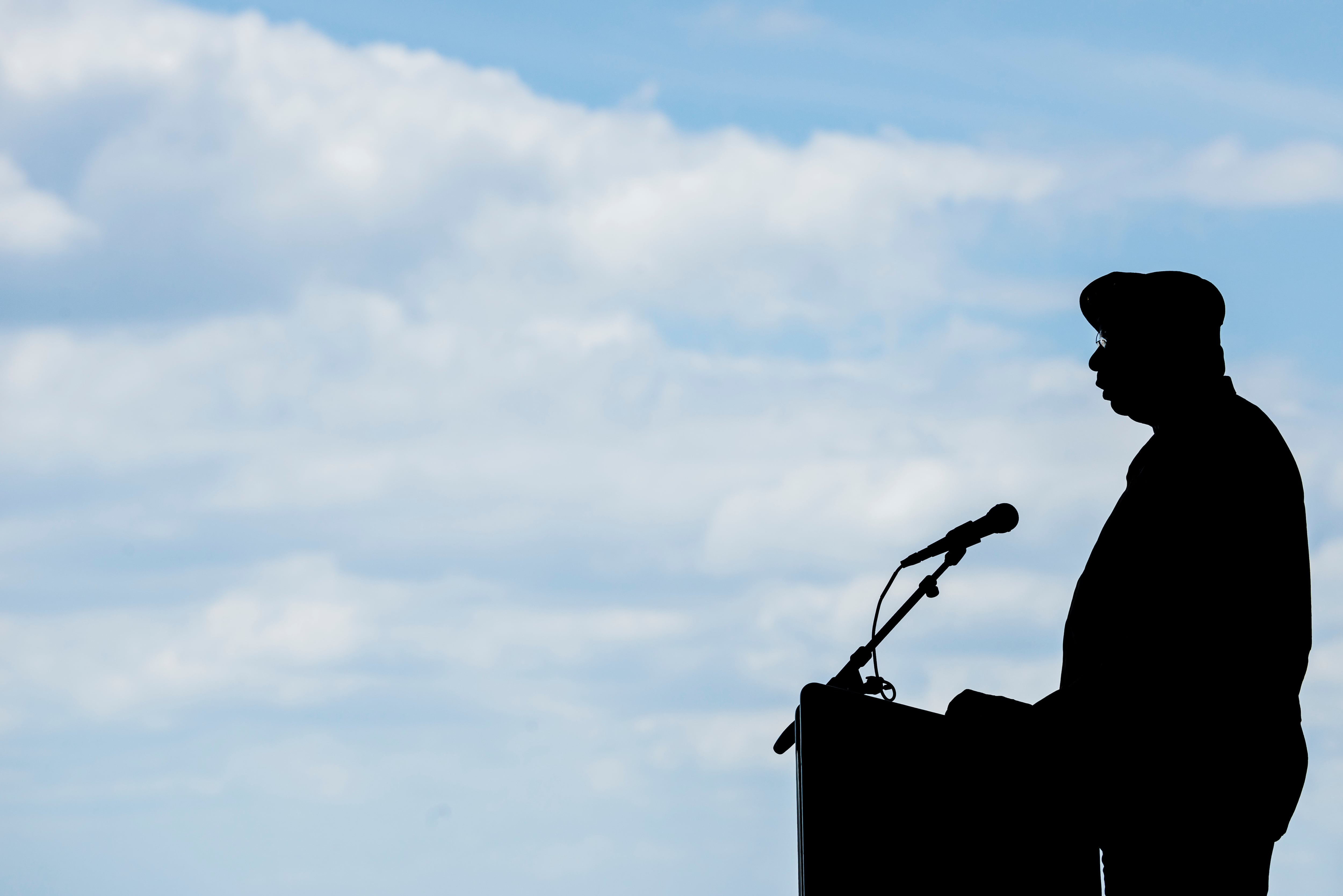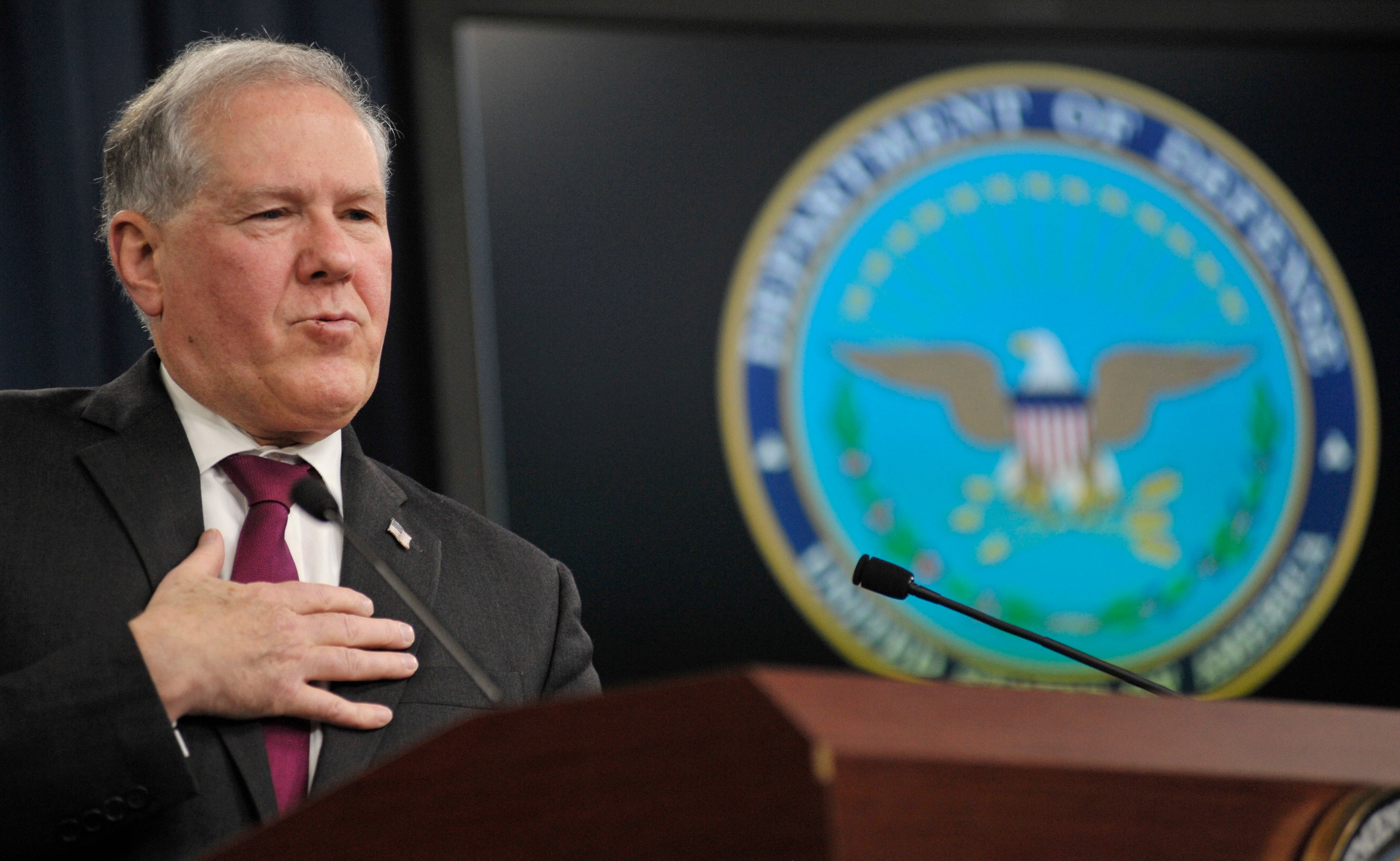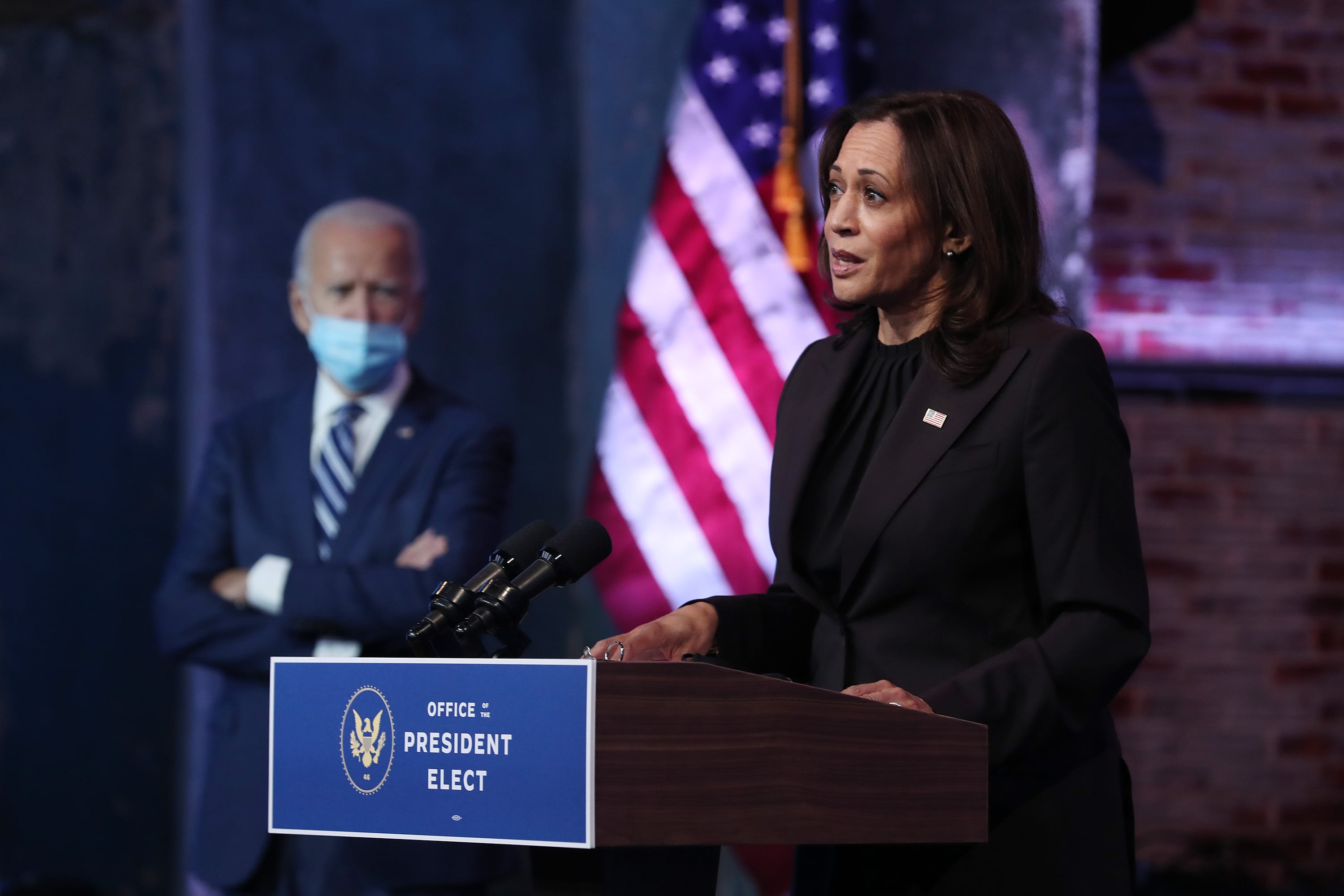WASHINGTON — Now that President-elect Joe Biden has picked Lloyd Austin, a retired Army four-star general, to lead the Department of Defense, the next question becomes who will serve as deputy defense secretary, the No. 2 spot in the department.
The exact job of the deputy has historically varied from person to person. In some cases, the deputy acts as a counterbalance to the secretary, filling in gaps of experience; in other cases, there is a hivemind, where the secretary and deputy are in lockstep in terms of background and experience.
In 2016, Jim Mattis — like Austin, a recently retired four-star general whose career were defined by the conflicts in the Middle East — became President Donald Trump’s first pick for defense secretary. Bob Work, who was then serving as deputy secretary of defense and would end up staying on under Mattis for several months, laid out four different models of how a secretary and deputy can operate together.
The first model is based on a chief management officer’s role — someone like David Packard, deputy from 1969-1971 — “a person from business comes in, knows how to downsize and go after efficiencies,” Work said then. There is also the policy-heavy model, such as that held by Paul Wolfowitz under Donald Rumsfeld, whose job it is to help the secretary with “knotty policy problems.”
RELATED

The third is the “alter-ego” model, one Work said was used with Defense Secretary Leon Panetta and his then-deputy Ash Carter. Under this model, the deputy acts as an extension of the secretary, filling in where needed. And finally there is the CEO/chief operating officer model that Work said he and Carter adopted once Carter became defense secretary
But ultimately, Work said, “they should pick the person for the job they want the deputy to do. ... And you should pick the best athlete for the model that you want. You shouldn’t pick a Paul Wolfowitz, a policy guy, and say I want you to be a Packard.”
Rudy deLeon, who served as deputy secretary of defense at the end of the Clinton administration, said the role is best served when the deputy focuses on “day-to-day management issues for the Pentagon,” as opposed to policy issues.
“The secretary of defense is focused on his relationship with the president as commander in chief, then military operations and policy,” deLeon, now with the Center for American Progress, told Defense News. “The deputy spends a lot of time doing the day-to-day oversight of the budget process; the organize, train and equip [mission]; personnel and services; and keeps the building really moving on the many critical decisions it has to make.”
“The undersecretaries for policy, acquisition, personnel and comptroller — they are all going to be running their operations. The deputy’s job is really to make sure those entities in particular are responding to the secretary’s agenda,” deLeon added. “When deputies want to work the policy side of the shop and go to the White House all the time, it sort of breaks down.”
Top contenders
Sources from Congress, industry and the defense community have consistently identified two individuals as likely deputy secretary contenders: Frank Kendall, a former undersecretary of defense for acquisition, technology and logistics; and Kathleen Hicks, a former Obama-era undersecretary of defense for policy and the current leader of Biden’s DoD transition team.
Both would represent traditional D.C. voices in the deputy job. They have both remained active in defense discussions since leaving office, with Hicks at the Center for Strategic and International Studies and Kendall at the Center for American Progress, but they both bring different experience sets.
Kendall ran the AT&L office — which over his objections was split into two offices by Congress (Acquisition & Sustainment and Research & Engineering) — from 2012 until the end of the Obama administration. He is known as an expert in the wonkier parts of the acquisition process, and devoted much of his time in office to developing the Better Buying Power series of acquisition reform efforts.
RELATED

Picking Kendall, an early advisor to the Biden team on defense issues, would give Austin someone who could focus internally on the day-to-day work of the Pentagon, freeing the secretary to focus on policy issues. A former industry executive and consultant, Kendall could face pushback from progressive groups which have warned against giving jobs to those with defense industry ties; however, his background in human rights law could balance out those concerns.
Sources have also mentioned Kendall, an Army vet, as a potential Army secretary nominee.
Hicks would come in without the background in acquisition, but with a wealth of policy experience and a deep knowledge of what levers to pull inside the building. A career civil servant from 1993-2006 at the DoD, Hicks was appointed as deputy undersecretary of defense for strategy, plans, and forces in 2009, and was confirmed by the Senate in 2012 as principal deputy undersecretary of defense for policy. Since leaving the department, she has served on a number of congressionally mandated boards.
The choice of Hicks to run the Pentagon landing team is a sign that she is well trusted within the Biden camp — and that has clearly mattered with the choices made by the former vice president, who has prioritized personal relationships in building out his Cabinet and staff. In addition, the Biden team may feel pressure from the large community of female national security experts to pick a woman for the deputy job after choosing not to go with Michèle Flournoy for the secretary role.
“Having a deputy secretary who is a woman would be an important symbolic and substantive step, both to address the historic gender imbalance in the Department of Defense and to ensure gender parity in DoD senior leadership,” said Lindsay Rodman, executive director for the Leadership Council for Women in National Security. “Gender diversity in senior leadership teams has been well-documented as a key to sound decision-making.”
RELATED

Although seen as more of a longshot for the deputy job, another name to keep an eye on for some form of top job is Christine Wormuth, who served as undersecretary of defense for policy from 2014-2016 before joining the think tank Rand.
Wormuth, like Hicks, is a member of the Biden landing team at the Pentagon, and worked with Austin while the latter was running U.S. Central Command. The two appeared together at a September 2015 hearing that turned contentious after Austin stated that a U.S. effort to train and equip Syrian forces to fight the Islamic State group had produced only “four or five” fighters.
And given how quickly Austin went from being off the radar for the secretary job to being the nominee, a surprise pick can’t be ruled out. If so, a pick might be drawn from someone with which Austin has a personal relationship, something deLeon said “definitely” matters.
After all, “that’s why Lloyd Austin is the secretary nominee, and not one of the other frequently mentioned candidates, because of the relationship with president-elect Biden.”
Aaron Mehta was deputy editor and senior Pentagon correspondent for Defense News, covering policy, strategy and acquisition at the highest levels of the Defense Department and its international partners.







